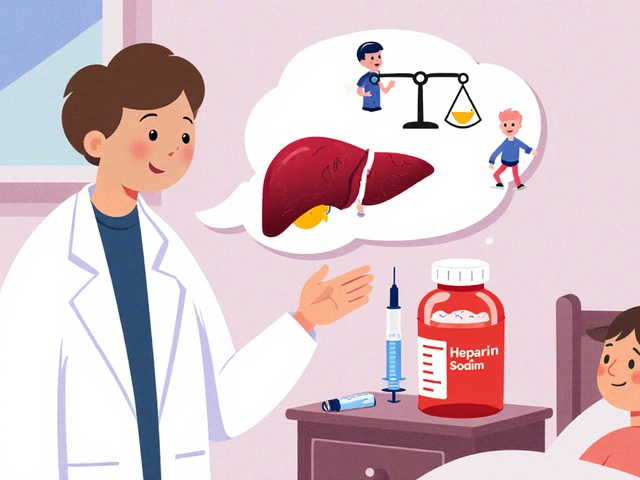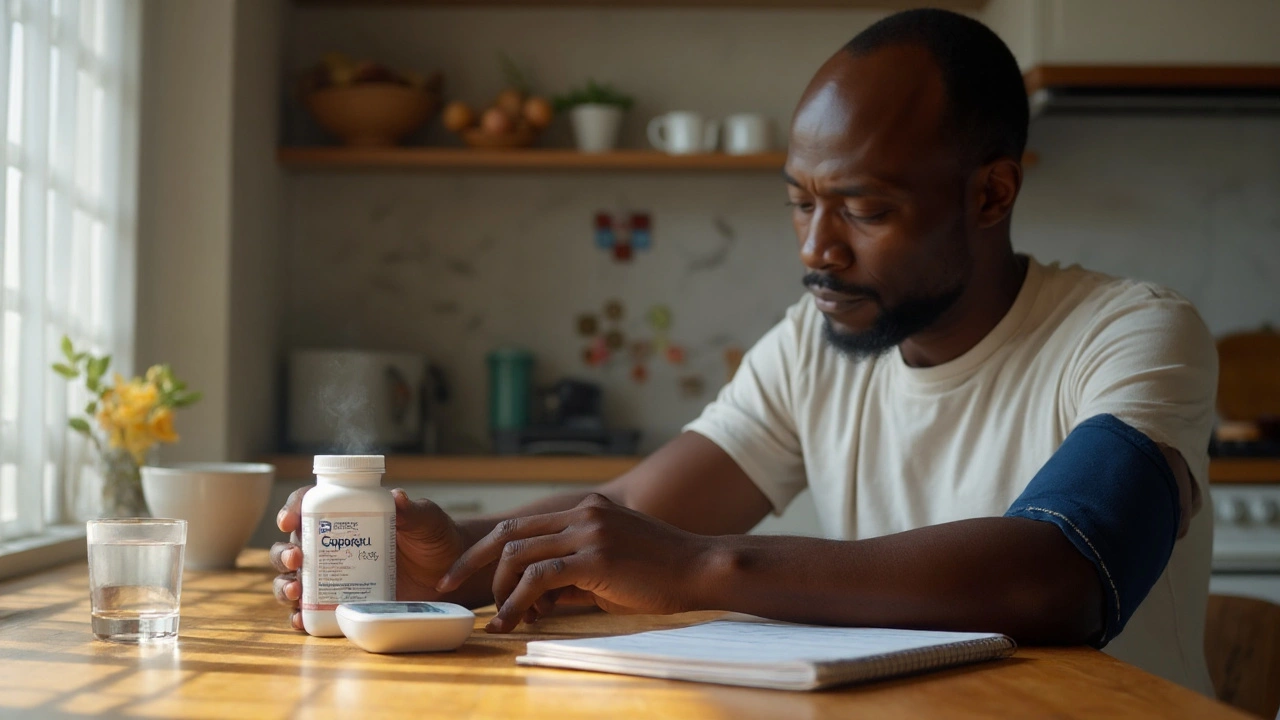Drug Interactions: What to Know and How to Avoid Problems
Ever taken two meds and felt off? That’s often a drug interaction. It’s when one substance changes how another works, causing unexpected side effects or reducing effectiveness. Knowing the basics can save you a trip to the ER and keep your treatment on track.
Interactions aren’t just a pharmacist’s concern. They happen with prescription drugs, over‑the‑counter pills, herbal supplements, and even everyday foods. A coffee habit can tweak blood‑pressure meds, while a vitamin D supplement might boost calcium‑channel blockers. The key is to spot the red flags before they become a headache.
Common Types of Interactions
Pharmacokinetic interactions affect how your body absorbs, distributes, metabolizes, or excretes a drug. For example, grapefruit juice blocks an enzyme that breaks down many cholesterol medicines, leading to higher blood levels and possible toxicity.
Pharmacodynamic interactions happen when two drugs act on the same body system. Taking two sedatives together can amplify drowsiness, while combining blood thinners with NSAIDs raises bleeding risk.
Food‑drug interactions are often overlooked. Vitamin K‑rich foods like kale can blunt the effect of warfarin, a blood thinner, making clot prevention harder.
Supplement‑drug clashes are on the rise as more people add herbal extracts to their routine. St. John’s Wort, for instance, can lower the effectiveness of antidepressants by speeding up their breakdown.
Simple Steps to Check Interactions
1. Make a master list. Write down every prescription, OTC pill, vitamin, herb, and even regular foods that could matter. Keep it on your phone for quick updates.
2. Use a reliable checker. Websites like Drugs.com or apps from your pharmacy let you plug in two or more substances and see if a warning pops up. Look for tools that also flag supplement‑drug combos.
3. Ask before you add. Whenever you get a new prescription, tell your doctor about everything you already take. Pharmacists love a good interaction check, and they can suggest safer alternatives.
4. Watch the timing. Some interactions only matter if drugs are taken together. Spacing a medication by a few hours can cut the risk dramatically—especially with calcium supplements and certain antibiotics.
5. Listen to your body. New dizziness, unusual bruising, stomach upset, or a sudden change in blood sugar? Those could be clues that an interaction is happening. Report them right away.
While you can’t eliminate every risk, staying curious and organized makes a huge difference. The next time you reach for a bottle, pause and run a quick check—your future self will thank you.
Need a deeper dive? Our guides on specific meds, like Rybelsus or Sitagliptin/Metformin, include dedicated interaction tables. Use those pages as a starting point, then pair the info with a trusted checker.
Bottom line: drug interactions are common, but they’re also preventable. Keep your list updated, double‑check new additions, and stay in touch with your health team. A few minutes now can keep you safe for months ahead.




